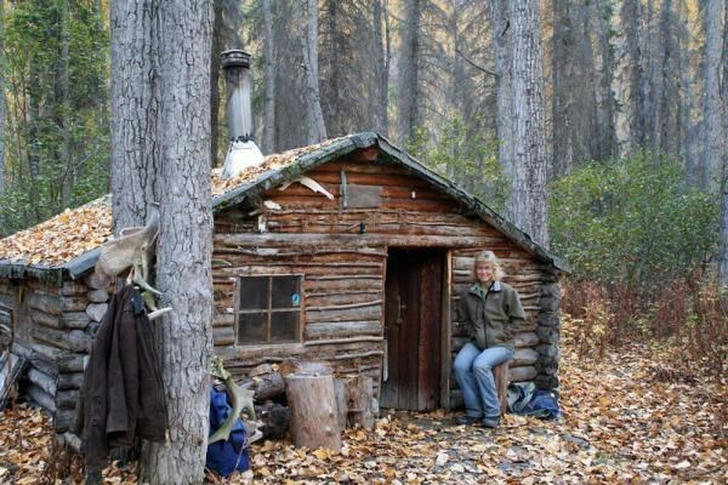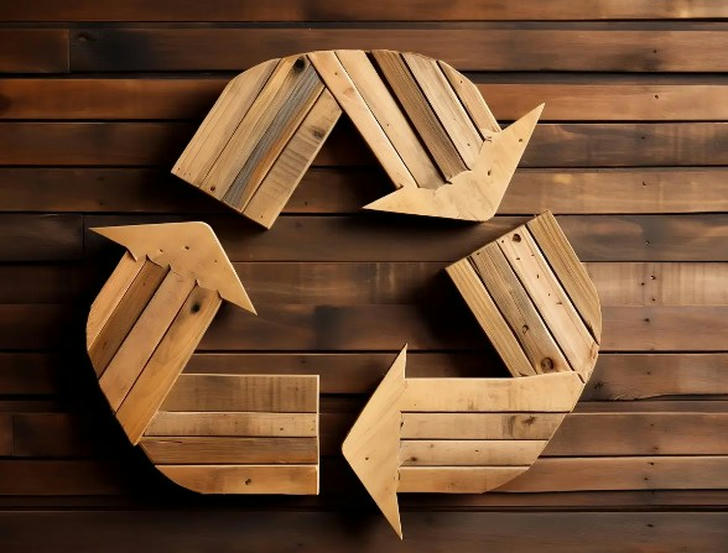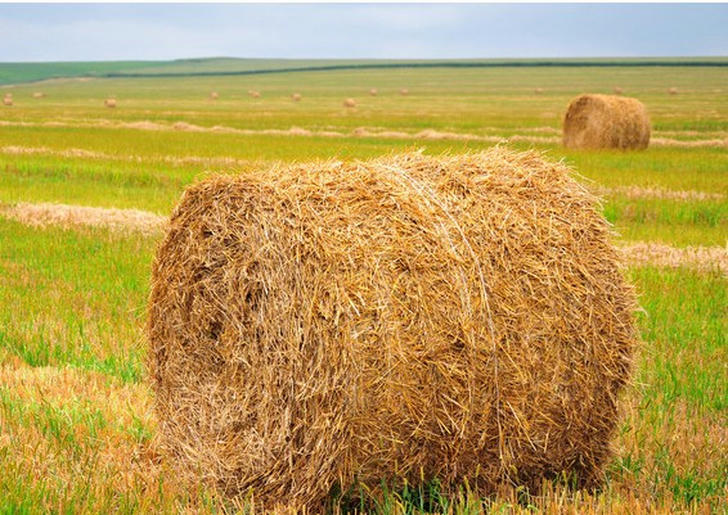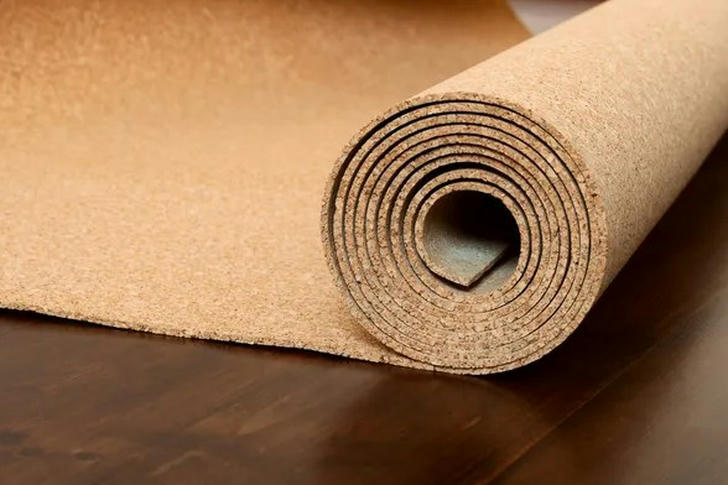Sustainable Materials for Building Your Off-Grid Cabin

When constructing an off-grid cabin, sustainability becomes crucial—not just for environmental reasons, but also to ensure longevity, resilience, and harmony with nature. Choosing eco-friendly materials is essential in supporting your off-grid lifestyle while minimizing the ecological impact of your build. This article outlines the best sustainable materials to consider, offering concrete solutions that balance durability, aesthetics, and environmental responsibility.
1. Reclaimed Wood for Structural Components
One of the most sustainable materials you can use for your off-grid cabin is reclaimed wood. It comes from old barns, factories, or other structures that have been deconstructed, giving the wood a second life. This not only reduces the demand for new lumber but also gives your cabin a rustic, aged look that is aesthetically pleasing.
•Environmental Benefits: Using reclaimed wood prevents deforestation and reduces the carbon footprint associated with producing new wood.
•Durability: Reclaimed wood tends to be more durable than newly milled wood, as it has already weathered environmental stresses.
•Versatility: You can use reclaimed wood for flooring, walls, ceilings, or even outdoor decks.
Example: In Maine, a couple used reclaimed wood from an old warehouse to build the walls of their off-grid cabin. The weathered look of the wood gave their cabin a distinctive charm, while its sturdiness ensured a strong structure. They also saved significantly on material costs by sourcing the wood locally, reducing transportation emissions.

2. Straw Bales for Insulation
Straw bales are an increasingly popular option for eco-friendly cabin insulation. They are natural, renewable, and have excellent insulating properties, helping to maintain a stable internal temperature year-round, which is essential in an off-grid home where energy efficiency is key.
•Thermal Performance: Straw bales offer superior thermal insulation, keeping your cabin cool in the summer and warm in the winter.
•Fire Resistance: When densely packed, straw bales are highly fire-resistant, as the lack of oxygen within the bale makes it difficult for fire to spread.
•Affordability: Straw is a low-cost material, making it a budget-friendly option for builders on a tight budget.
Example: In Arizona, an off-grid builder incorporated straw bales into the walls of their cabin, resulting in lower heating and cooling costs. They found that, even during harsh desert summers, the interior of the cabin remained cool, reducing the need for external energy consumption like solar-powered fans.

3. Bamboo for Flooring and Decorative Elements
Bamboo is a highly renewable resource due to its fast-growing nature. It can be harvested in just a few years, unlike traditional hardwoods, which can take decades to mature. Bamboo is an excellent option for flooring, cabinetry, and decorative accents within your off-grid cabin.
•Strength and Durability: Bamboo is incredibly strong and durable, making it ideal for high-traffic areas such as floors.
•Renewable and Sustainable: Bamboo grows quickly and regenerates without the need for replanting, making it one of the most eco-friendly materials available.
•Aesthetic Appeal: Bamboo’s sleek, modern look can add a minimalist, clean finish to your cabin’s interiors.
Example: A builder in Hawaii chose bamboo for both flooring and cabinetry. The bamboo was harvested locally, minimizing transportation impacts. They were able to create a clean, modern interior aesthetic, while ensuring the material choice aligned with their sustainability goals. The durability of bamboo meant that even in humid conditions, it stood up well to wear and tear.
4. Earthbags for Walls
Earthbags are another sustainable material option for off-grid cabins, particularly in areas with available clay and sand. Earthbags involve filling bags with locally sourced soil and stacking them to create walls. They are an excellent choice for a highly durable and low-cost building method.
•Energy Efficiency: Earthbag walls have high thermal mass, meaning they store and release heat slowly, helping to regulate indoor temperatures naturally.
•Low Environmental Impact: Earthbags use mostly local materials, reducing the need for manufactured products and transportation.
•Affordable: Earthbag construction is inexpensive compared to conventional methods, as the main material—soil—is usually available for free.
Example: In New Mexico, a family built their off-grid cabin using earthbags. They sourced the earth from their own land and spent very little on other construction materials. The result was a naturally insulated home that stayed warm in the winter and cool in the summer, with minimal energy input needed.
5. Cork for Insulation and Flooring
Cork is a renewable material harvested from the bark of cork oak trees. It is commonly used as insulation and flooring due to its unique properties, making it an excellent eco-friendly option for off-grid cabin construction.
•Thermal Insulation: Cork provides excellent insulation, helping to maintain stable indoor temperatures and reducing the need for external heating and cooling sources.
•Sound Insulation: Cork also has soundproofing qualities, making it ideal for creating a quiet, peaceful cabin environment.
•Sustainability: Cork trees are not cut down to harvest cork; instead, the bark is removed, allowing the tree to continue growing.
Example: A cabin owner in Oregon decided to use cork for both the flooring and wall insulation of their off-grid home. They appreciated that cork is a naturally renewable material and found that it helped maintain a peaceful atmosphere inside the cabin, thanks to its soundproofing properties. The insulation also helped reduce their reliance on energy for heating.

6. Recycled Metal for Roofing
Using recycled metal for your cabin’s roof is another sustainable choice. Metal roofing is durable, long-lasting, and recyclable at the end of its life. It also offers excellent weather resistance, making it ideal for off-grid cabins in areas prone to harsh climates.
•Durability: Metal roofs can last up to 50 years or more, reducing the need for replacements.
•Energy Efficiency: Metal roofs reflect solar heat, helping to keep your cabin cooler in warm weather.
•Recyclability: At the end of its lifespan, metal roofing can be fully recycled, reducing waste.
Example: In British Columbia, a couple chose recycled metal roofing for their off-grid cabin. The roof effectively reflected sunlight, keeping the cabin cool during summer. The durability of the metal ensured they would not need to worry about roof replacements for many decades, and they appreciated knowing that the material could be recycled when the time came.
7. Hempcrete for Walls and Insulation
Hempcrete is a sustainable alternative to concrete, made from a mixture of hemp fibers, lime, and water. It’s lightweight, highly insulating, and breathable, making it an ideal choice for off-grid cabin construction, particularly in areas with a mild climate.
•Thermal Insulation: Hempcrete’s insulating properties help regulate indoor temperatures, reducing the need for heating and cooling.
•Breathability: The material is breathable, which helps prevent mold and moisture buildup in humid environments.
•Carbon Sequestration: Hemp absorbs carbon dioxide during its growth, making hempcrete a carbon-negative building material.
Example: A builder in Colorado used hempcrete for their off-grid cabin’s walls. The material provided excellent insulation, which kept their energy use low even during the state’s colder months. Additionally, the breathable quality of hempcrete reduced concerns about mold or moisture, ensuring a healthy living environment.
8. Stone for Foundations and Outdoor Features
Using locally sourced stone for the foundation and outdoor elements of your cabin is another sustainable option. Stone is a natural, durable material that blends seamlessly with the environment, making it ideal for off-grid cabin projects.
•Durability: Stone is extremely long-lasting and requires little to no maintenance.
•Natural Aesthetic: Stone foundations and outdoor features such as patios or pathways integrate beautifully into natural landscapes.
•Sourcing: Locally sourced stone reduces transportation emissions and supports regional ecosystems.
Example: In Colorado, Megan used local stone for her cabin’s foundation and outdoor patio. The stone’s natural look blended perfectly with the surrounding landscape, and the durability of the material ensured it would last for decades without the need for repairs.
By choosing these sustainable materials, you can build an off-grid cabin that minimizes environmental impact while maximizing durability, energy efficiency, and aesthetic appeal. Each of these materials offers clear, actionable benefits, allowing you to create a harmonious living space that’s kind to both nature and your wallet.
